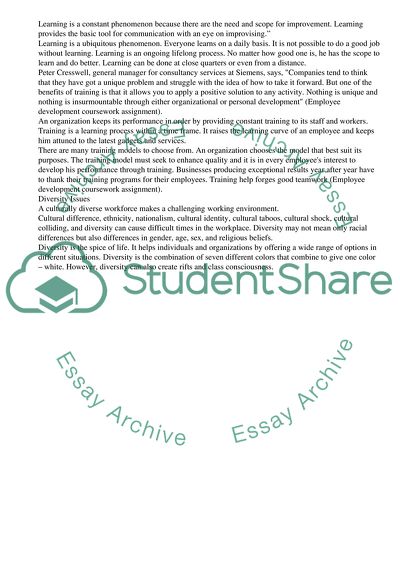Cite this document
(“Employee Development Case Study Example | Topics and Well Written Essays - 1750 words”, n.d.)
Employee Development Case Study Example | Topics and Well Written Essays - 1750 words. Retrieved from https://studentshare.org/business/1515602-employee-development-case-study
Employee Development Case Study Example | Topics and Well Written Essays - 1750 words. Retrieved from https://studentshare.org/business/1515602-employee-development-case-study
(Employee Development Case Study Example | Topics and Well Written Essays - 1750 Words)
Employee Development Case Study Example | Topics and Well Written Essays - 1750 Words. https://studentshare.org/business/1515602-employee-development-case-study.
Employee Development Case Study Example | Topics and Well Written Essays - 1750 Words. https://studentshare.org/business/1515602-employee-development-case-study.
“Employee Development Case Study Example | Topics and Well Written Essays - 1750 Words”, n.d. https://studentshare.org/business/1515602-employee-development-case-study.


